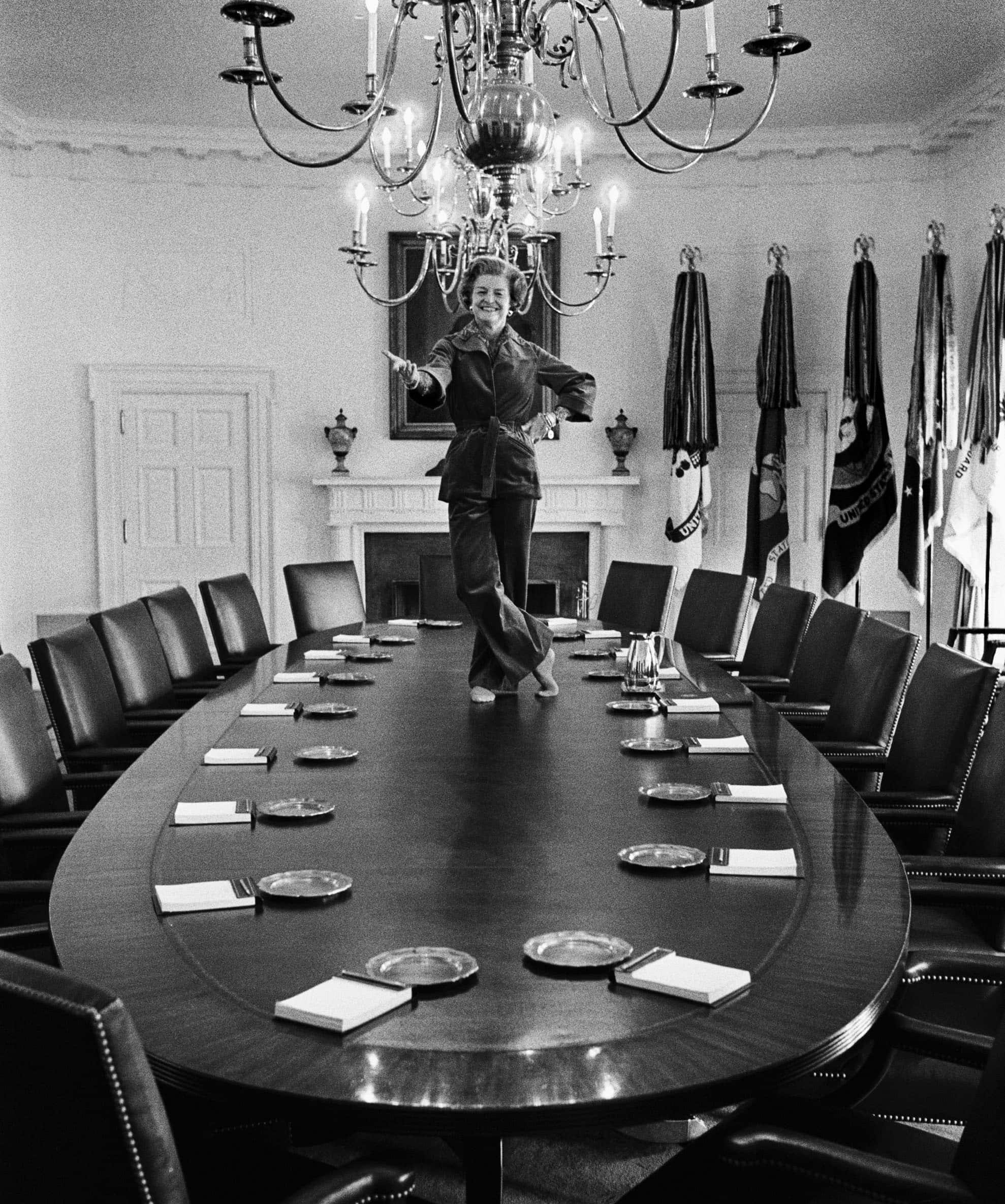Showtime recently announced that The First Lady series is cancelled. Mercifully it only had one season. This will spare other former presidential wives from the historical malpractice visited upon the three women portrayed in the show by creator Aaron Cooley. It will, however, be a crushing disappointment for those waiting for the Jacqueline Kennedy and Melania Trump stories.
I didn’t know that much about Eleanor Roosevelt, and even though I photographed Michelle Obama a few times, had no clue about the innerworkings of her world. Based on this show I’m sure I still don’t.
But I ‘m very well acquainted with Gerald R. Ford and his family thanks to a close friendship with the president, Mrs. Ford, and their children. I was the chief White House photographer with upstairs/downstairs access to the East and West Wings and everywhere in between. I probably spent more time with Mrs. Ford than anyone outside of her family. In this contorted version of Betty Ford’s life she was shown navigating their Alexandria home then later the White House in a cliche-infused-alcoholic haze. Nope, that’s not how it happened. If you want to know the real story read Mrs. Ford's book, "The Times of My Life." She didn't shy away from discussing her battle with pain killers and alcohol, quite the opposite, but she wasn't prancing around 1600 Pennsylvania Avenue plastered.
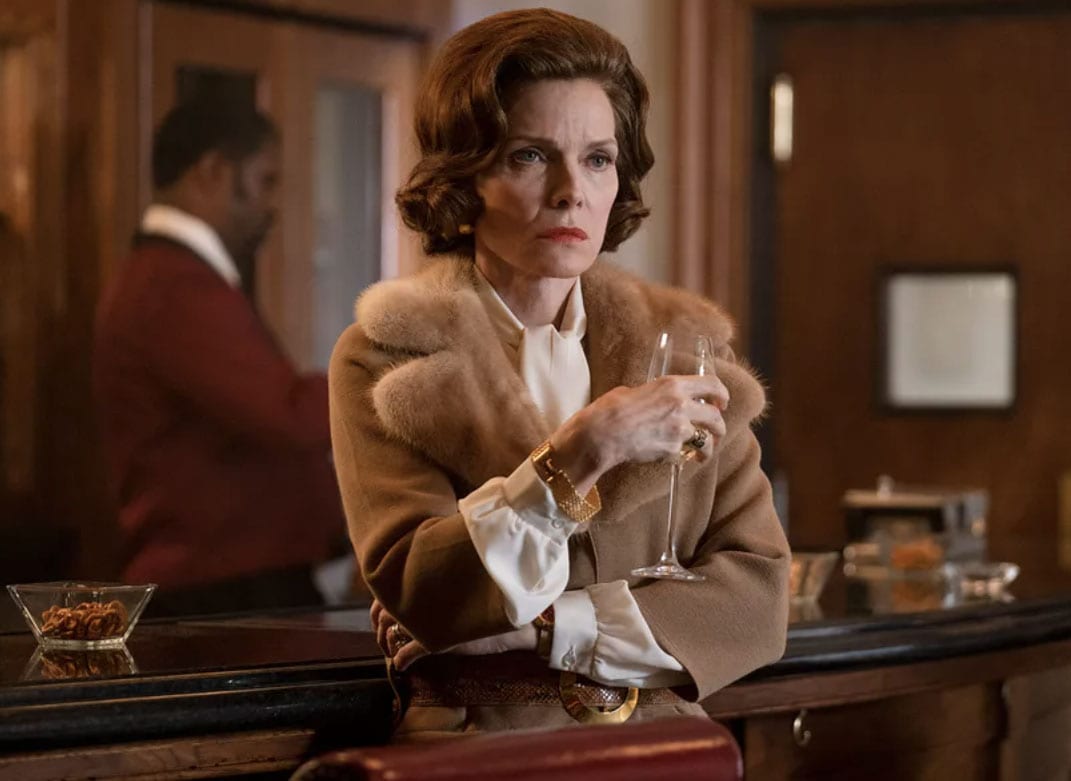
In their Hollywood imagination Cooley & Co. also drummed up a scenario where Mrs. Ford lectured her husband in their bedroom after he pardoned Richard Nixon. In a fiery and astonishing scene Mrs. Ford says, “You let him off without consequences for his actions. You know that makes us look complicit, that we are part of the coverup.” That was huge. You go strong woman! Give that presidential mate a piece of your first lady’s mind. Great stuff. Except it was 100% false. She in fact was sympathetic to the Nixons who were old family friends. Mrs. Ford was an empathetic human being who felt a deep sadness for former first wife Patricia Nixon. Betty Ford thought her husband had done the right thing, and wholeheartedly supported his decision. But hell, that’s not good television.
When The First Lady team was conjuring up this fantasy, neither creator Cooley nor any of his nine executive producers reached out to the Ford children or anyone else who knew them for input. They didn’t get in touch with me either and I was portrayed in an episode. One of the kids asked me why they didn’t call them for information. I said that they were going to make the show they had in mind and didn't want facts to get in the way of what turned out to be a subpar story badly and erroneously told.
I understand this wasn’t a documentary purporting to tell the real story and I didn’t expect that standard of accuracy. When Viola Davis, who played Michelle Obama in the series, was being interviewed by Leslie Stahl on CBS Sunday Morning she was questioned about the truth of a scene with White House Chief of Staff Rahm Emanuel talking condescendingly to Mrs. Obama. Ms. Davis, who was also an executive producer of the project said, “With Rahm we took some liberties for dramatic purposes.” Indeed they did, and not only with Rahm. No White House chief of staff with half a brain would have done anything like that. Except for Ronald Reagan’s chief Donald Regan, who hung up the phone on First Lady Nancy and was fired shortly after. As Jim Baker who had been Reagan’s previous chief put it, “Hell, that wasn’t a firing offense, it was a hanging offense.”
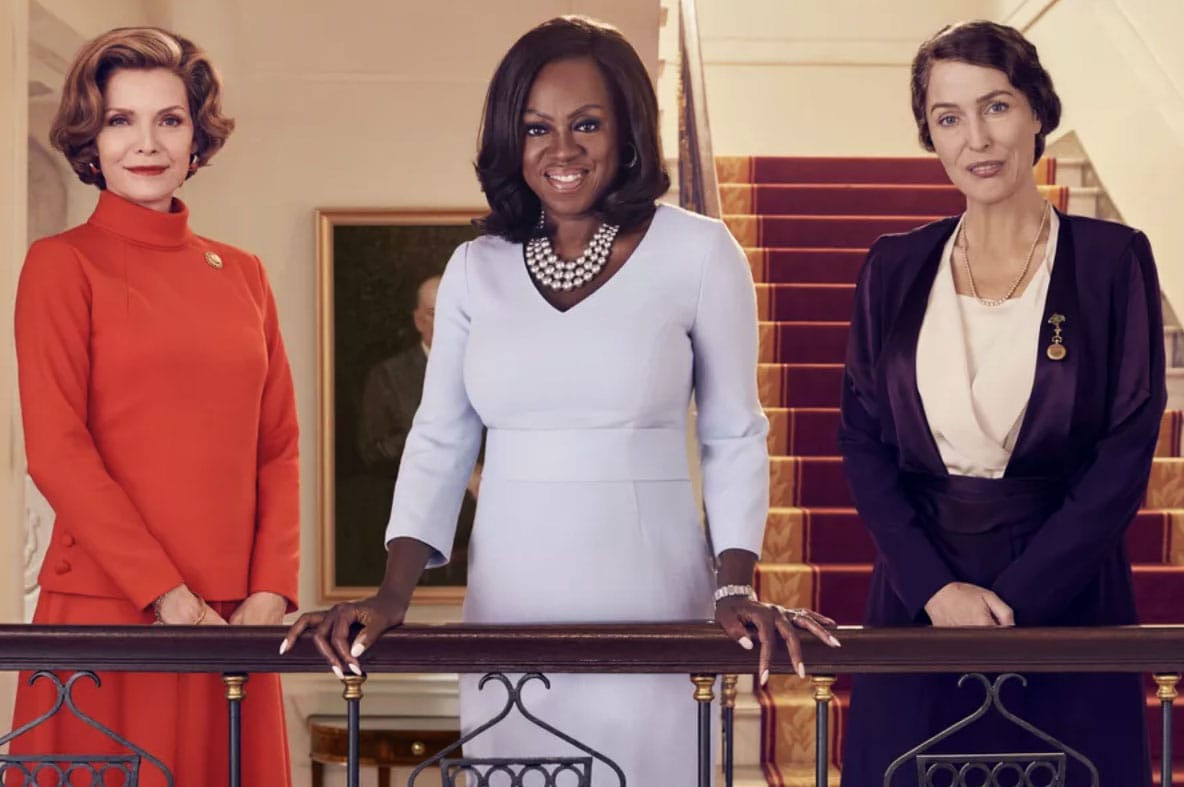
“Taking liberties” should not be grabbing history by the short hairs and tossing it kicking and screaming off the cliff. There is a professional responsibility in keeping historical drama within a realistic framework, unless of course you are Monty Python. It should have been designated a “fiction based on real characters” and a disclaimer at the beginning of each episode added that said:
The producers of The First Lady apparently had no idea what really went on with these ladies so they just made up the “facts.”
Another fabrication in this saga was portraying Don Rumsfeld, the president's White House chief of staff, and his deputy Dick Cheney as the requisite bad guys out to suppress the president’s “plucky wife” Betty Ford. Nope. Not the way it went down. In one overblown scene, Rumsfeld storms aboard Mrs. Ford's plane before she was about to take off to Atlanta for the funeral of Martin Luther King's mother. In a vaguely racist statement Rumsfeld told her what a bad idea it was for her to do that. Dammit, "I'm Jerry's chief of staff!" Nope. That scene never happened either. At the time, Mrs. Ford was the wife of Vice President Ford, and Rumsfeld was in Europe serving as Nixon’s U.S. Ambassador to NATO. Oops. Great alibi though. He didn't become chief until six weeks after Ford became president. Plus Rumsfeld didn’t call him Jerry after Ford became the chief executive. It was always "Mr. President." Same with Cheney. Same with me. Same with most people.
In another four-Pinocchio moment, the downer boys, Rumsfeld and Cheney, showed up in the Family Residence of the White House on Christmas Eve, 1975. In this depiction the Fords were in the middle of a nice, quiet, private holiday dinner. The downer duo’s mission was to admonish Mrs. Ford for another outspoken moment that they felt was going to hurt “Jerry’s” presidential campaign. Kind of unimaginable that anyone would do something like that on Christmas. They didn't. The Fords weren't even in the White House that night, they were in Vail. I was with them having dinner. Guess what? Neither Cheney nor Rumsfeld interrupted them there either. Another reason why not? Donald Rumsfeld had become Secretary of Defense, was no longer chief of staff, and was running the Pentagon, not trying to screw with Betty Ford's life. Details, details.
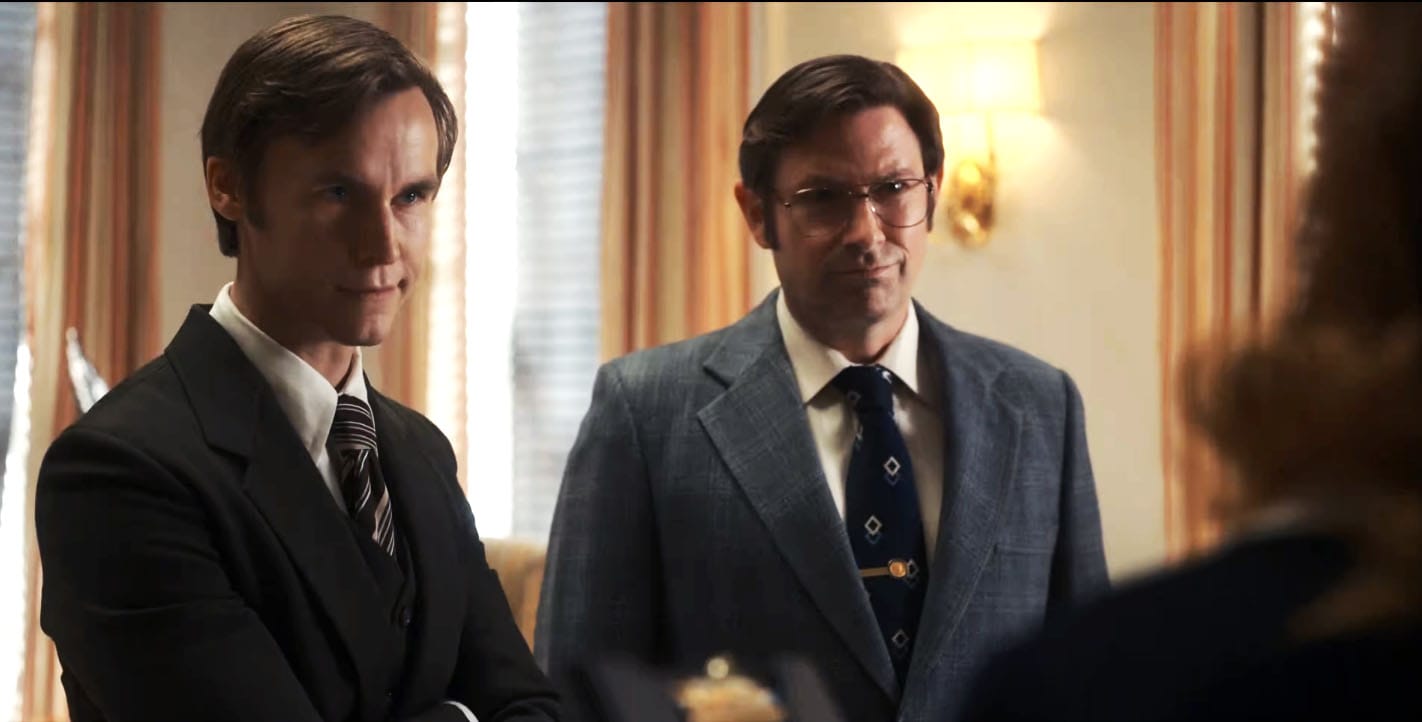
A fine young actor Cody Pressley played my character. His scene was based on what happened the day before the Fords left office on January 19, 1977. In real life Mrs. Ford was in the West Wing saying her goodbyes to the staff. We passed the empty Cabinet Room. She peeked in, looked at me with her trademark mischievous grin and said, "You know, I've always wanted to dance on the Cabinet Room table." The former Martha Graham dancer kicked off her shoes, jumped up on the table, and struck a pose that captured her irrepressible personality. She was also symbolically planting the feminist flag right in the middle of a predominantly white male domain. Nothing against Cody, but they had him carrying one of his cameras bandolier-style in a way you couldn’t quickly take a picture. It might work for tourists from Omaha, but not pros in the White House. He was also dressed in a light-colored turtleneck and not wearing a coat and tie. A photo of me and Mrs. Ford from that day by Eddie Adams would have helped the wardrobe department get it right.
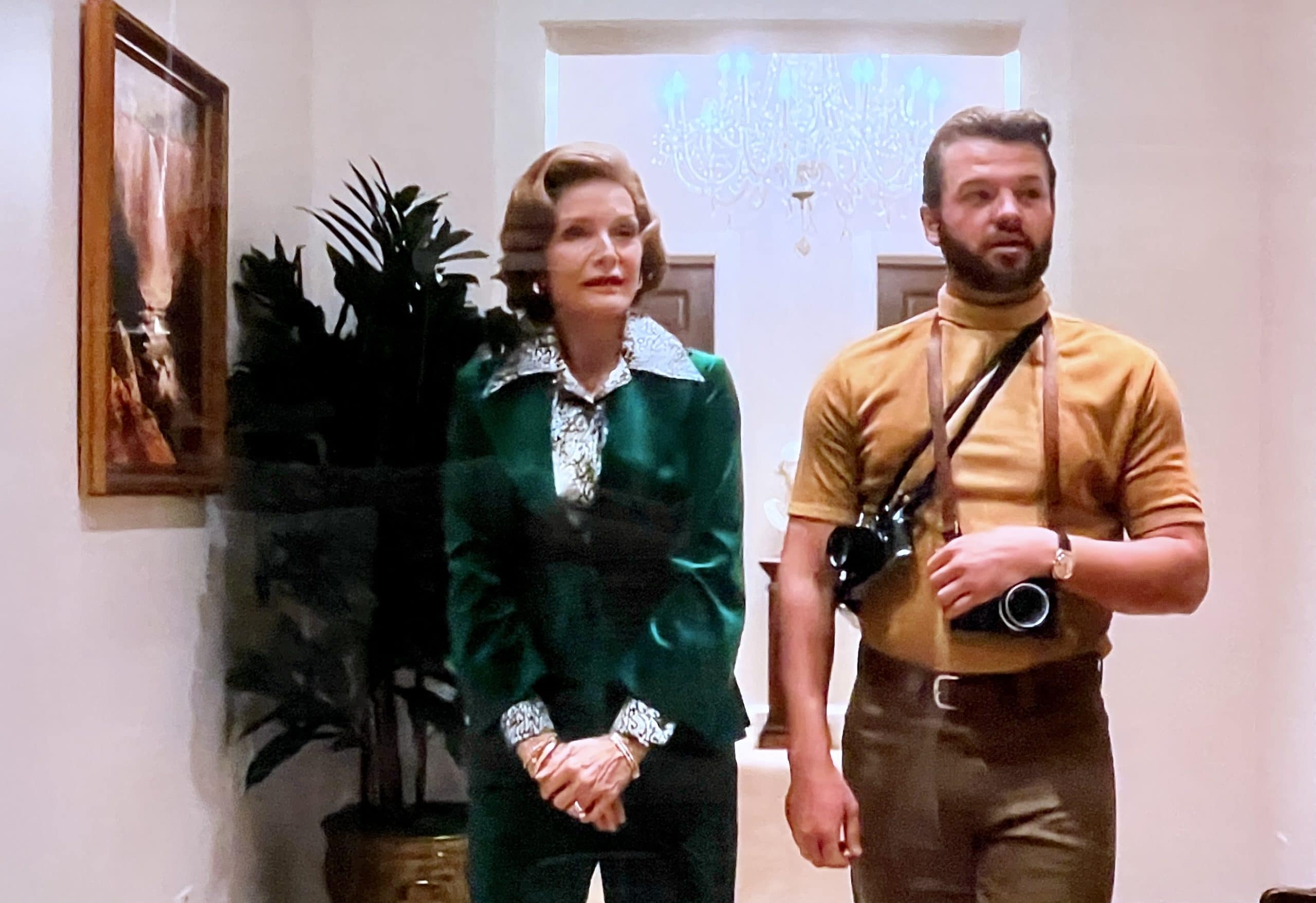
Mrs. Ford had given up dancing professionally long ago, but the producers of The First Lady took care of that. Michelle Pfeiffer, who portrayed Mrs. Ford, (Ms. Pfeiffer is the one thing Mrs. Ford would have liked about this series), started dancing around the table. Cody (as me) is taking pictures. President Ford walks into the Room and is “shocked” by the scene but thinks it’s funny. He exits. Two problems. The president didn’t find out about it until 15 years later when I showed him the picture. He exclaimed to his wife, “Betty, you never told me you did that!” She jokingly said, “There a lot of things I never told you, Jerry.”
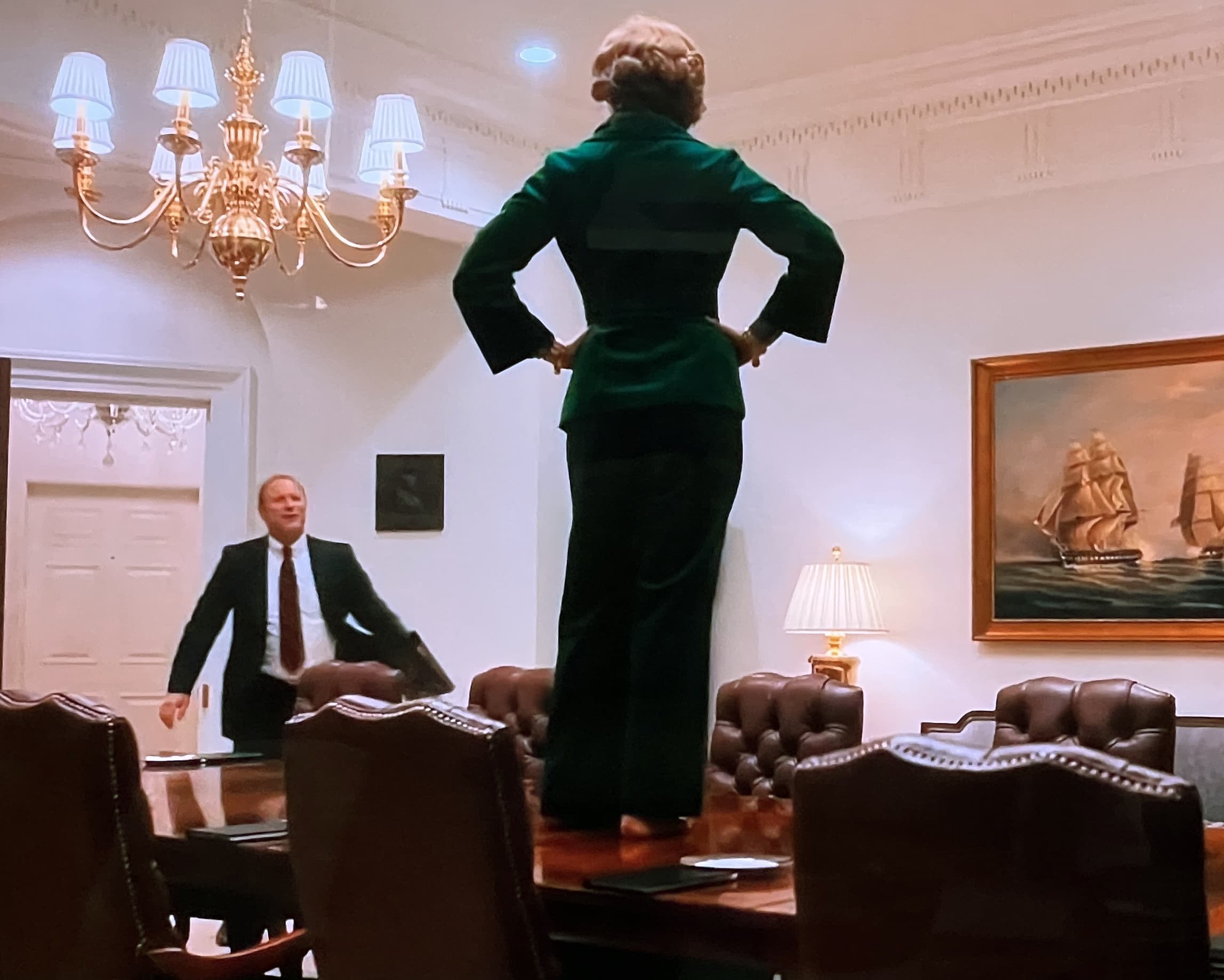
The second problem is that their version played out in the Roosevelt Room. Another unforced error. All they had to do was look at my relatively well-known photograph of the moment to at least get that right, but hey, that would have involved paying a researcher.
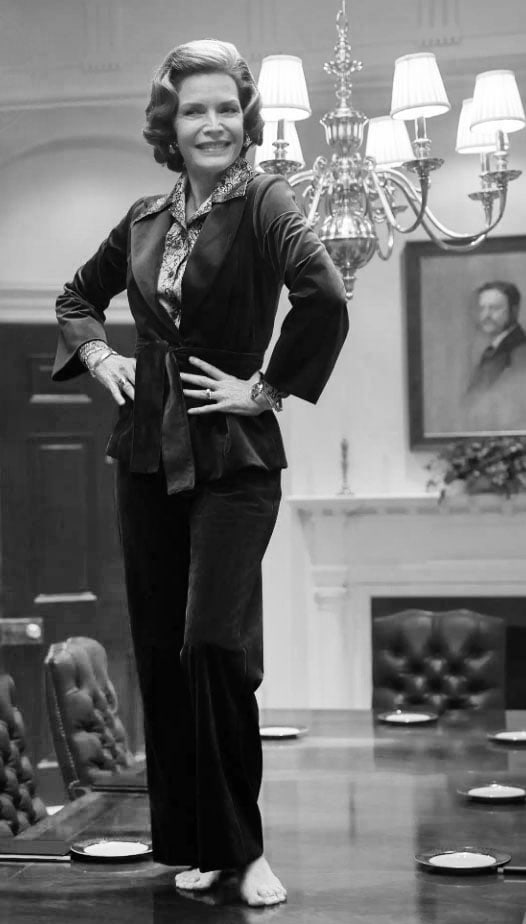
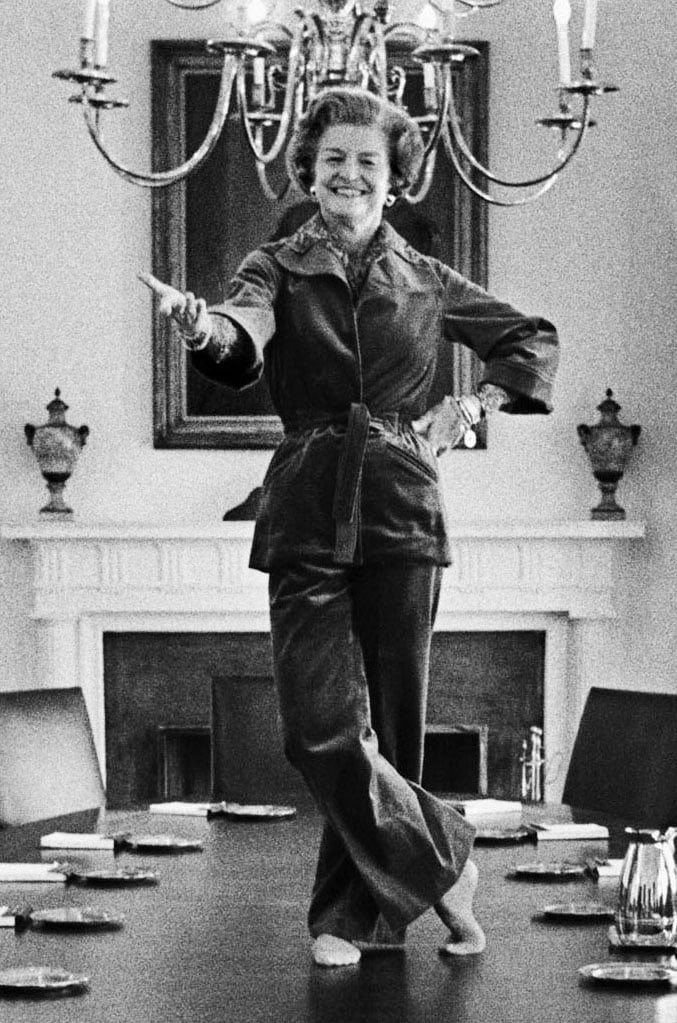
The danger here is that many people who saw this thing will believe that this was how things happened and that they now know the real Betty Ford. They will not. My advice to those who really care about history is to read about the people who made it in their own words or in the words of trusted historians.
The First Lady wasn’t picked up for another season because it was fatally flawed historically, but for the ultimate sin in the entertainment world. It sucked, and toward the end people quit watching it. If you’re making shit up, at least make it interesting. And don’t pretend it’s based on real life.

